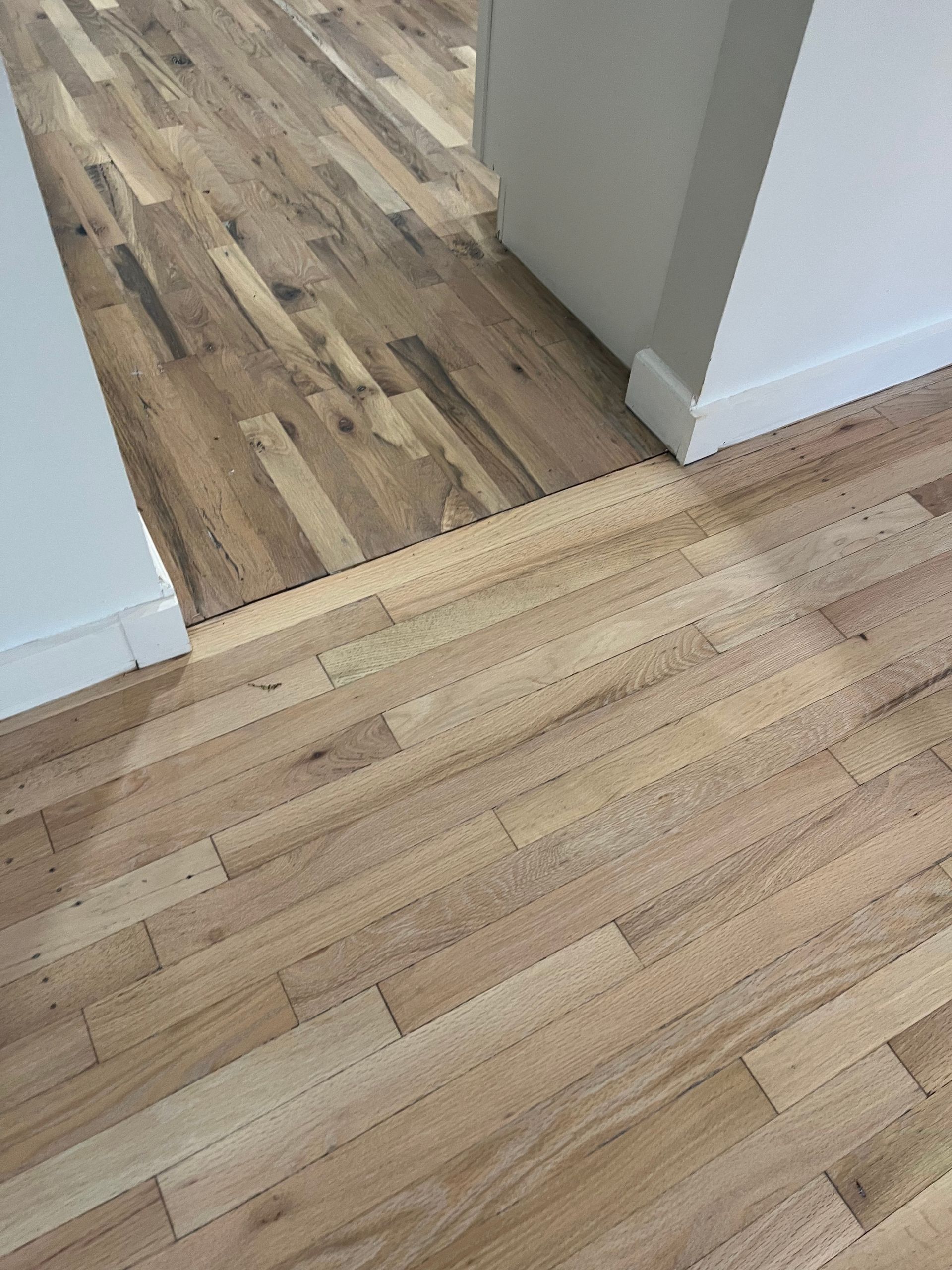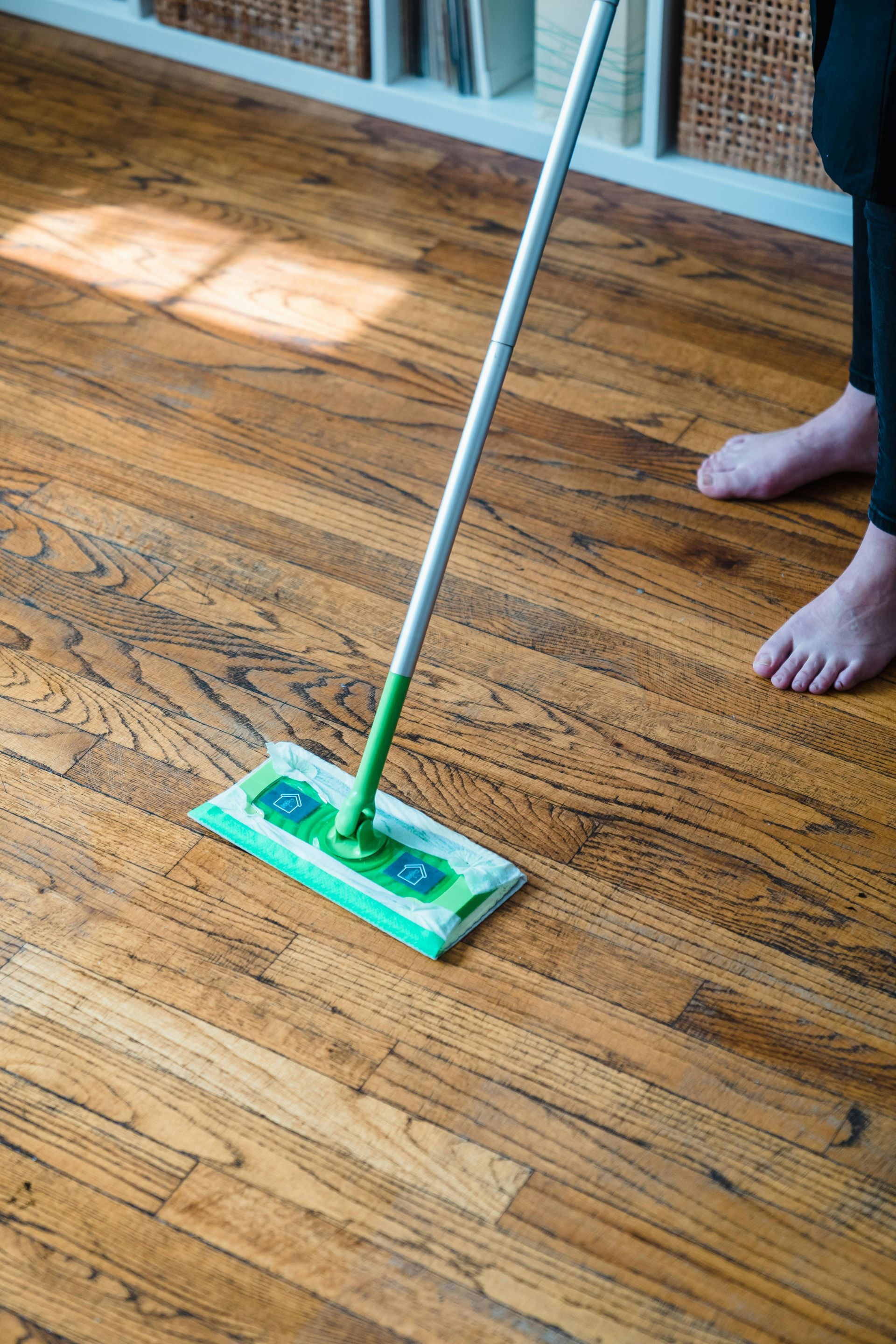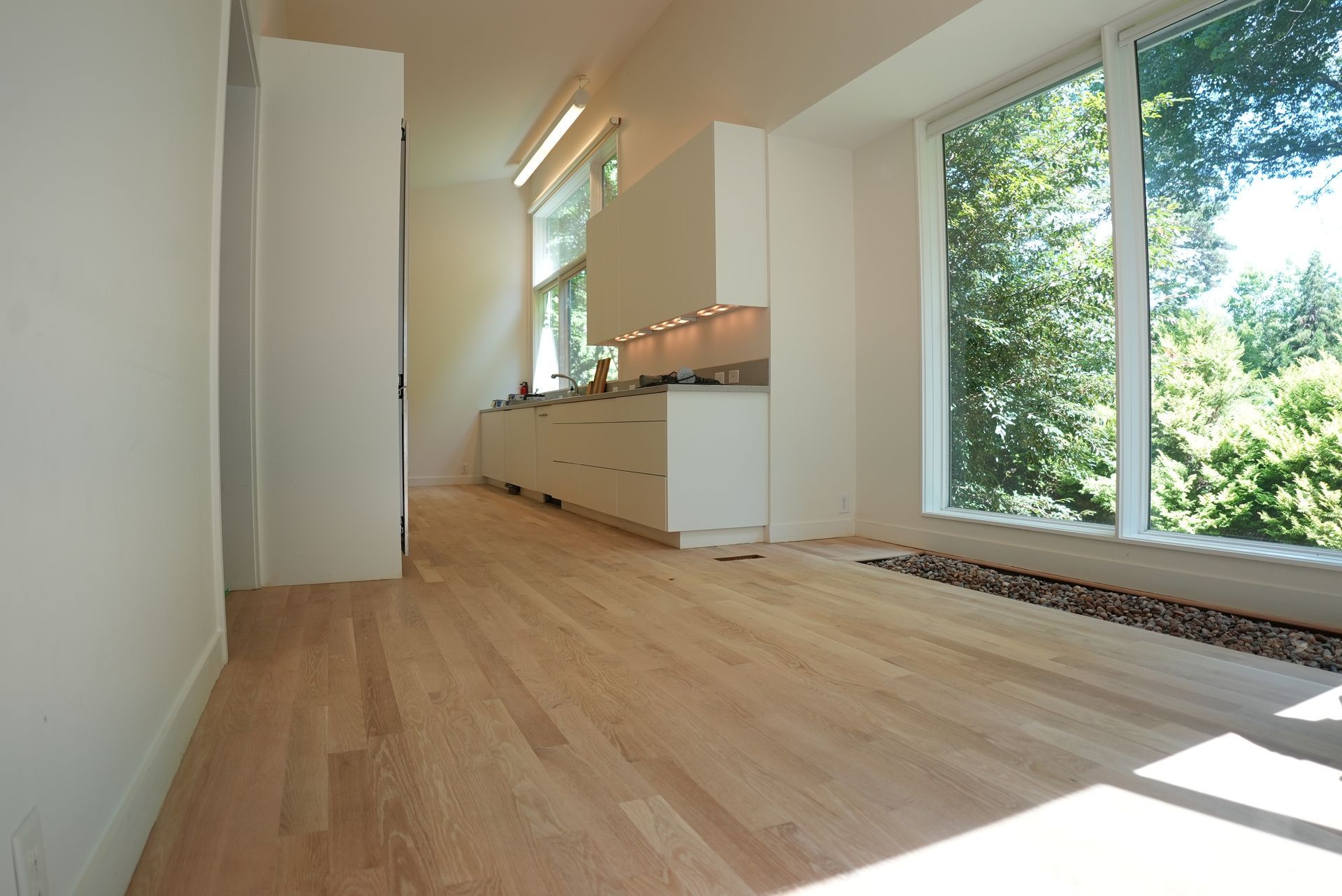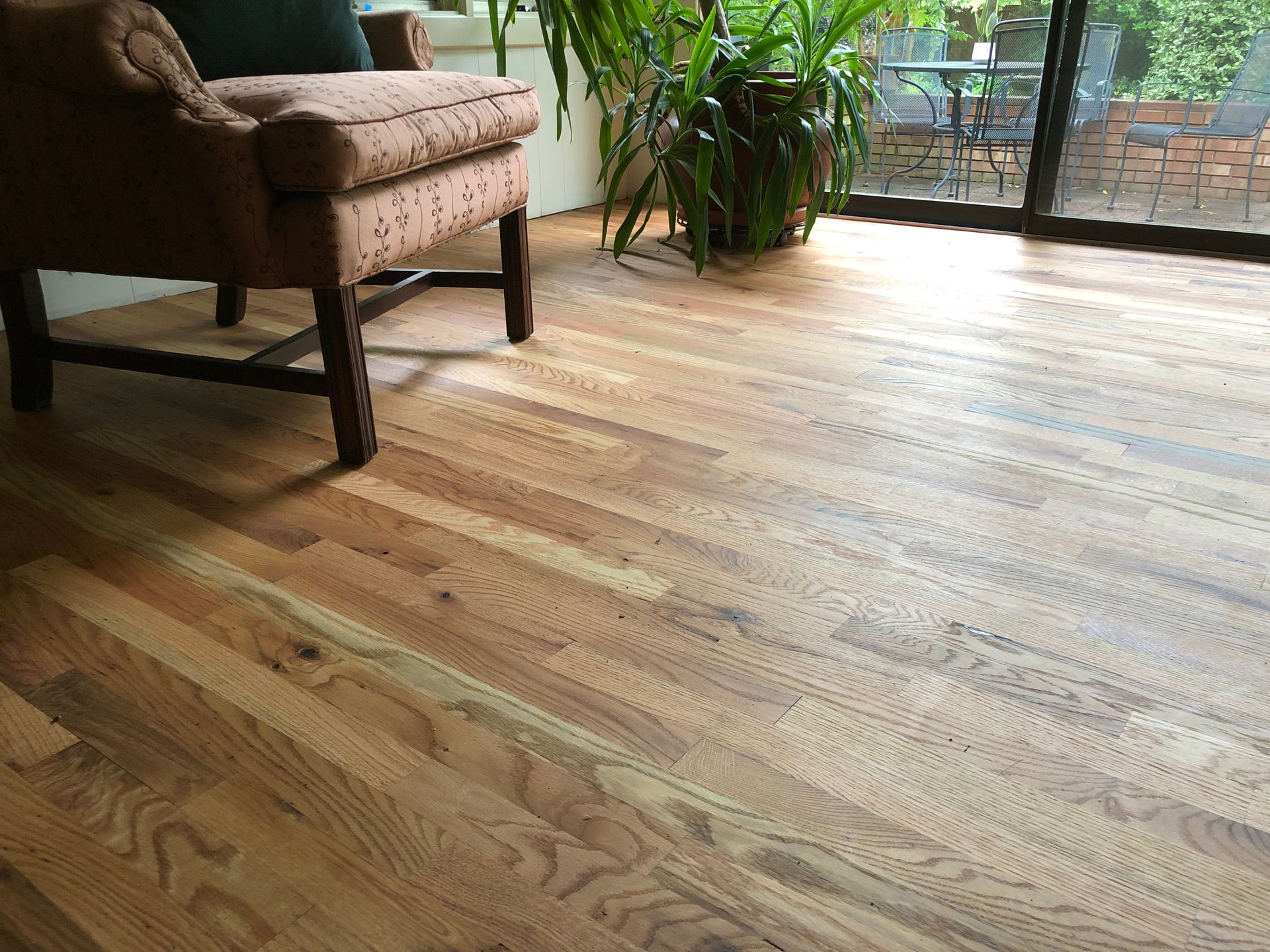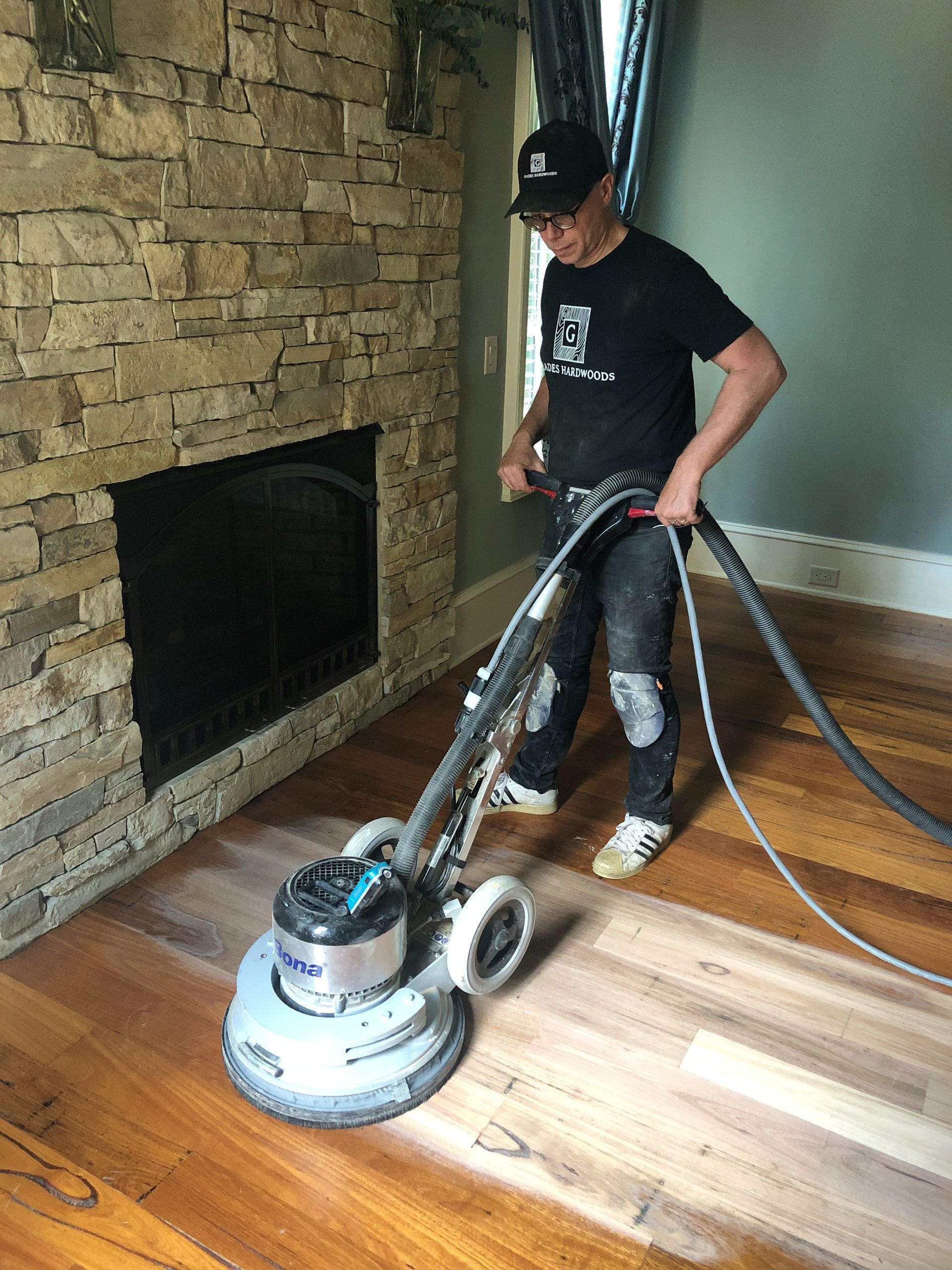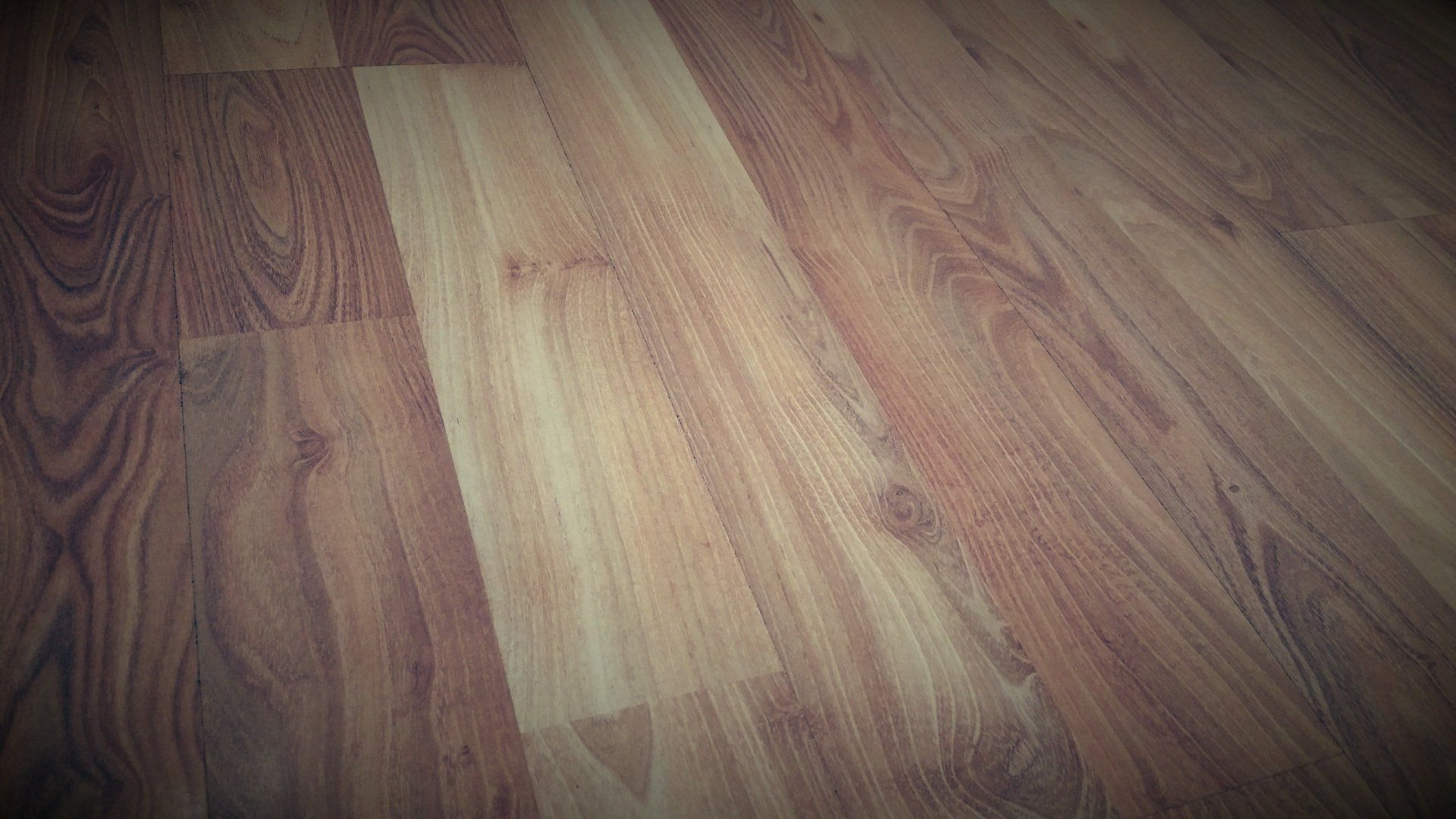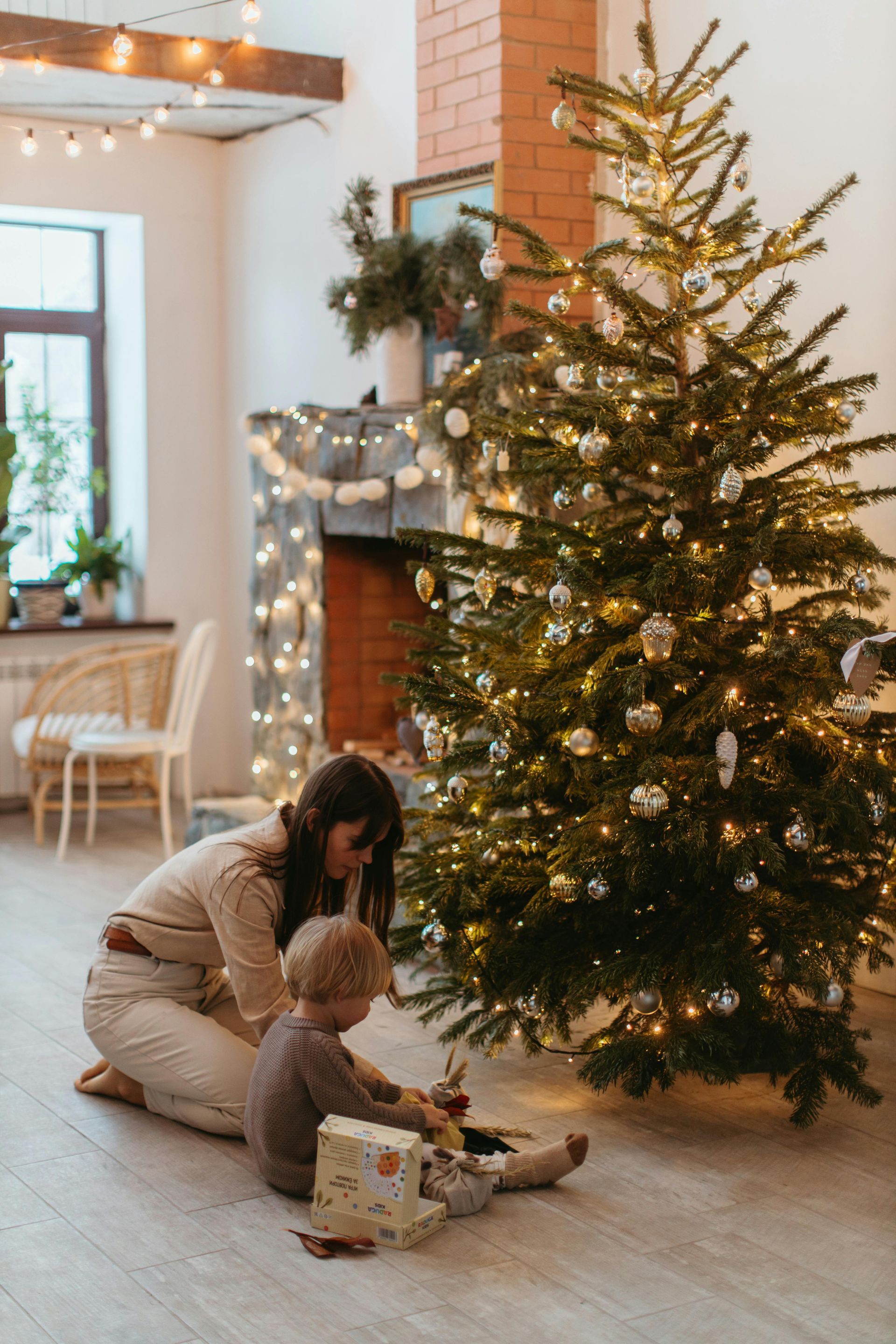Humidity Levels for Hardwood Floor Installation
Ensuring Lasting Quality: Humidity and Hardwood Floor Installation

Humidity Levels for Hardwood Floor Installation: Ensuring Lasting Quality
Installing hardwood floors brings warmth and elegance to a home, but for this investment to truly shine, careful attention to environmental conditions—particularly humidity—is essential. Humidity plays a critical role in the longevity, appearance, and structural integrity of hardwood floors. In this article, we’ll explore why controlling humidity is crucial for hardwood floor installation, ideal humidity levels, and steps homeowners can take to maintain optimal conditions.
Why Humidity Matters for Hardwood Floors
Hardwood is a natural material, meaning it responds to changes in the surrounding environment. Wood expands when it absorbs moisture from the air and contracts when humidity levels drop. This natural reaction can create gaps, warping, or even cupping in the wood if not properly managed. When it comes to hardwood floor installation, controlling the humidity in the home is key to avoiding these common issues.
- Preventing Expansion and Contraction Issues - Wood expands in high humidity and shrinks in low humidity. When floors are installed in a humid environment, they may later shrink if the air becomes dry, creating gaps between the planks. Conversely, installing floors during dry periods could lead to expansion and buckling during more humid seasons.
- Maintaining Structural Stability - The structural stability of hardwood floors relies on each plank remaining as close to its original dimensions as possible. Without consistent humidity levels, floorboards may lose their alignment, potentially causing uneven surfaces that compromise the floor’s aesthetic and usability.
- Avoiding Cupping and Crowning - Cupping occurs when the edges of a wood plank swell more than the center, often due to excessive moisture exposure from the bottom or sides of the plank. Crowning, on the other hand, happens when the center of the plank is higher than the edges, usually due to moisture on the surface. Both problems are often preventable through consistent indoor humidity management.
Ideal Humidity Levels for Hardwood Floor Installation
The ideal humidity level for hardwood floor installation is between 35% and 55%. This range is often regarded as the safe zone, as it closely matches the moisture levels most wood floors experience in a stable, indoor environment.
Seasonal Adjustments
While 35-55% is the recommended range, the exact ideal humidity may fluctuate slightly with seasonal changes. During the winter, the air tends to be drier due to heating, which can bring humidity levels down. In contrast, summer months often increase humidity, especially in homes without air conditioning.
For best results:
- In winter, aim for humidity levels close to 40% to reduce the drying effect of indoor heating.
- In summer, try to keep humidity under 55% to prevent excessive expansion.
How to Measure and Control Humidity in the Home
Maintaining humidity levels is relatively simple with the right tools and techniques. Here are key methods to monitor and control indoor humidity:
- Use a Hygrometer - A hygrometer is a device that measures relative humidity levels indoors. Inexpensive and readily available, a hygrometer gives homeowners a clear sense of when humidity levels are too high or low. Place a hygrometer in the room where the hardwood floors will be installed, checking it regularly, especially during seasonal changes.
- Install a Humidifier or Dehumidifier - A humidifier adds moisture to the air, which is particularly useful in winter when heating systems dry out indoor air. Conversely, a dehumidifier removes excess moisture from the air, making it ideal for humid summer months. By adding or removing moisture as needed, these devices can help maintain a balanced humidity level throughout the year.
- Utilize HVAC Systems Effectively - Heating, ventilation, and air conditioning (HVAC) systems often come with humidity controls. Consult your HVAC system’s manual or a technician to understand how to adjust these settings. Adding or upgrading a whole-house humidifier or dehumidifier to the HVAC system can provide year-round humidity control, perfect for environments with extreme seasonal changes.
- Consider Ventilation Practices - Proper ventilation, especially in kitchens and bathrooms, helps regulate humidity by venting moist air outdoors. During hardwood floor installation, keep windows open or use exhaust fans to maintain consistent air quality and moisture levels.
Preparing the Home for Hardwood Floor Installation
To ensure the best results, preparing the home before hardwood floor installation is critical. Here’s a step-by-step guide to making sure your home is humidity-ready:
- Allow Acclimation Time for the Wood - Acclimation is the process of allowing the wood to adjust to the indoor environment before installation. Generally, hardwood should be left in the installation room for at least 3-5 days before it’s laid down. During this time, maintain the recommended humidity levels in the home to help the wood reach equilibrium with its surroundings. This step reduces the risk of future expansion and contraction issues.
- Monitor Subfloor Moisture Levels - It’s not just the air that holds moisture; subfloors can also contribute to humidity levels. Before hardwood floor installation, check the subfloor’s moisture content. Concrete subfloors, for example, can retain moisture that will eventually make its way to the hardwood planks. Use a moisture meter to check subfloor moisture and consult your flooring installer for recommendations on moisture barriers if necessary.
- Prepare for Seasonal Humidity Adjustments - If you live in an area with significant seasonal changes, be proactive. Prepare to adjust humidity levels as needed throughout the year, understanding that your floors may need extra care during peak seasons of dryness or humidity.
Post-Installation Tips for Maintaining Ideal Humidity
After hardwood floor installation, continue monitoring and adjusting humidity levels. Here are some post-installation tips to ensure your floors remain beautiful and durable for years to come:
- Continue Using a Hygrometer - Keep a hygrometer in the home to monitor changes in humidity, especially if there are visible signs of expansion, gaps, or cupping in the floorboards.
- Mind Seasonal Humidity Changes - During winter, keep an eye on the humidity as it may dip below recommended levels due to heating. Likewise, in the summer, dehumidify to prevent moisture buildup. Sudden changes in humidity can have a faster impact on hardwood than gradual changes, so keeping a close watch is key.
- Use Area Rugs in High-Moisture Areas - Certain rooms, like kitchens and bathrooms, can expose floors to higher humidity and spills. Use area rugs in these areas to help protect your floors and reduce the direct impact of moisture.
- Regularly Check for Early Signs of Damage - Routine maintenance, like inspecting for small gaps or cupping, can help you identify and address minor issues before they escalate. Consistently checking humidity levels helps prevent future problems and ensures your hardwood floors stay beautiful and sturdy.
Humidity plays a central role in hardwood floor installation, affecting everything from the installation process to the long-term durability of your floors. By maintaining ideal humidity levels in the home, homeowners can preserve the natural beauty and functionality of their hardwood floors. Using tools like a hygrometer, dehumidifiers, and humidifiers, along with mindful seasonal adjustments, will allow for smooth installation and long-lasting quality.
Whether you’re installing new hardwood floors or maintaining existing ones, understanding the importance of humidity in the home will help protect your investment and create a more comfortable living environment. With attention to detail and regular monitoring, your hardwood floors can remain in pristine condition for decades to come.

